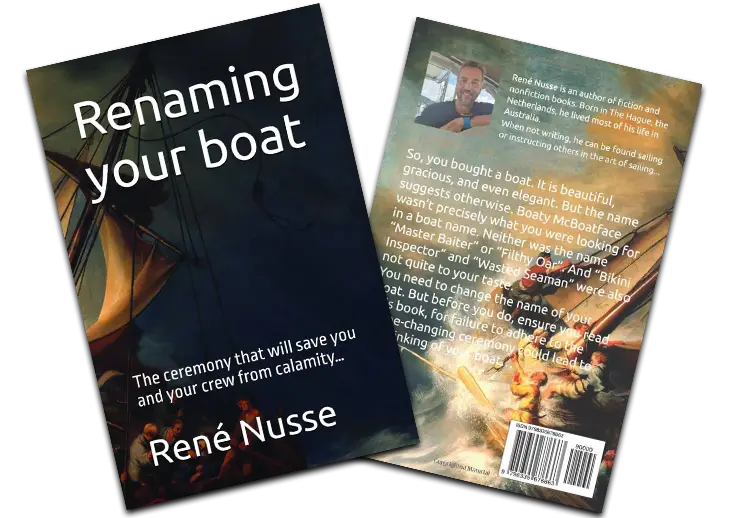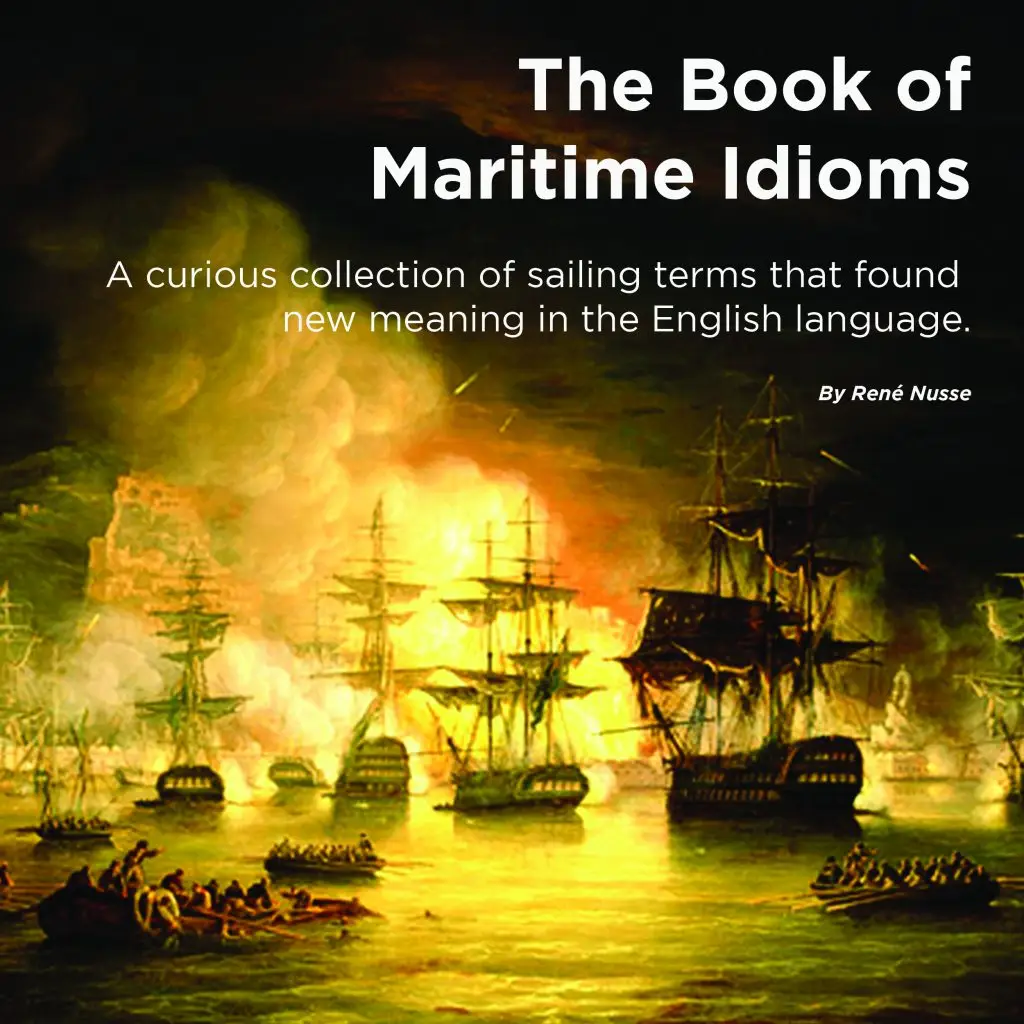Let’s look at what Rule 12 says:
ON THE SAME TACK, NOT OVERLAPPED
When boats are on the same tack and not overlapped, a boat clear astern shall keep clear of a boat clear ahead.
As opposed to Rule 11, which applies to boats that are overlapped, Rule 12 applies to boats that are on the same tack and NOT overlapped. Unlike Rule 11, under Rule 12, the concept of windward and leeward boats is irrelevant.
We examined most of this rule’s individual elements when we examined Rule 11, but we will reiterate them here. Skip this if you are confident you have these elements under control.
Rule 12 states that if you are on the same tack (both boats on starboard or both boats on port), the boat that is clear astern must keep clear of the boat in front of her.
Let’s remember the main elements of Rule 12: “not overlapped,“ “tack,“ “keep clear,” and “on the same tack.“
Clear Astern and Clear Ahead; Overlap
One boat is clear astern of another when her hull and equipment in normal position are behind a line abeam from the aftermost point of the other boat’s hull and equipment in normal position. The other boat is clear ahead. They overlap when neither is clear astern. However, they also overlap when a boat between them overlaps both. These terms always apply to boats on the same tack. They apply to boats on opposite tacks only when rule 18 applies between them or when both boats are sailing more than ninety degrees from the true wind.
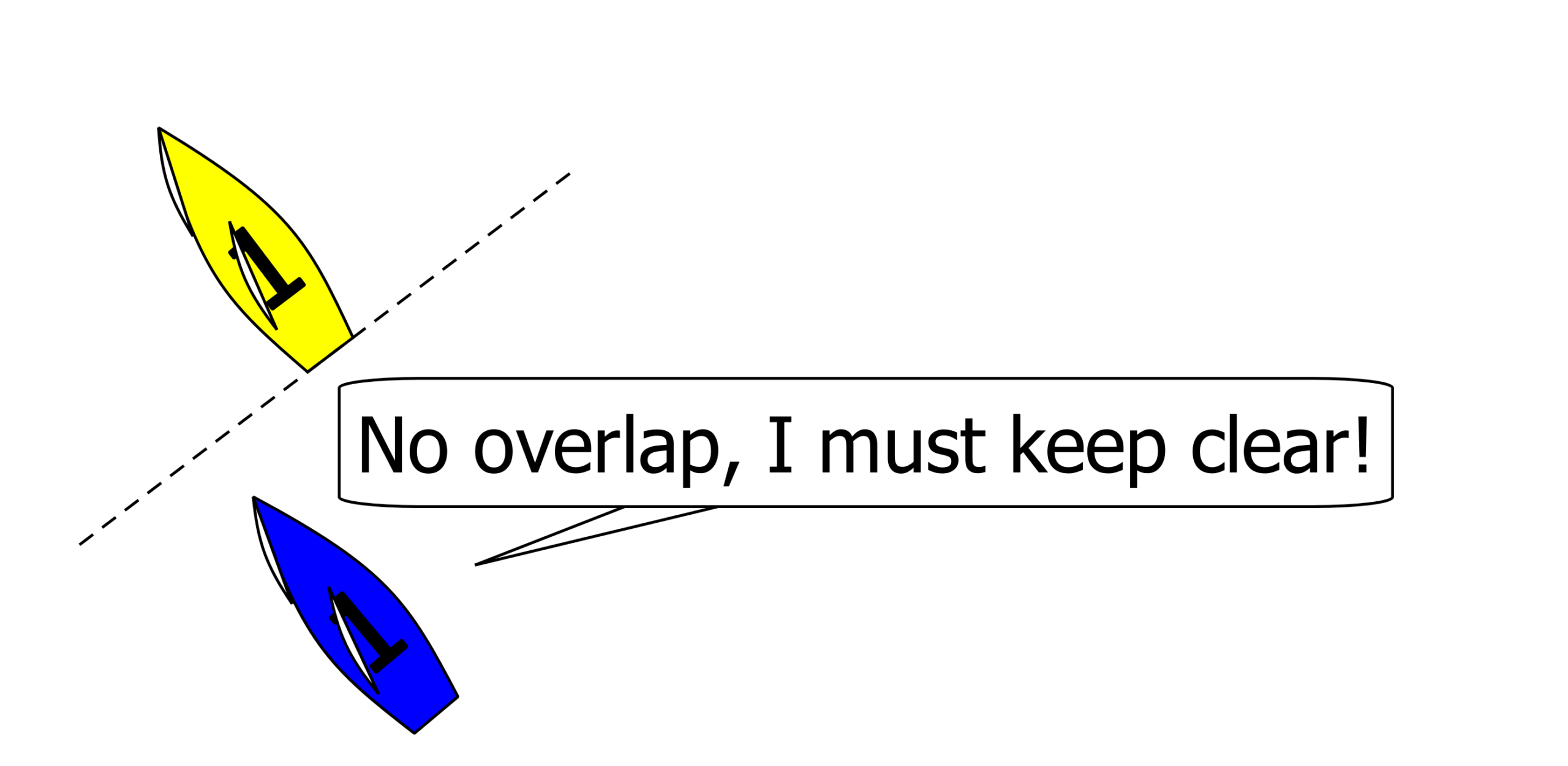
Clear astern, clear ahead NOT overlapped
Note that when the rules talk about “in normal position” it simply means that you are not allowed to manipulate your equipment to gain a tactical advantage. For example, letting out your spinnaker in order to establish an overlap.
The below example 2 reinforces 2 issues:
- Green is overlapped with yellow because green is no longer clear astern when her spinnaker (in normal position) is behind a line abeam of yellow’s aftermost point.
- If green was not in the picture, yellow and blue would not be overlapped. Blue’s spinnaker is not in a normal position.
- However, blue and yellow are overlap because the green boat in between blue and yellow overlaps both.
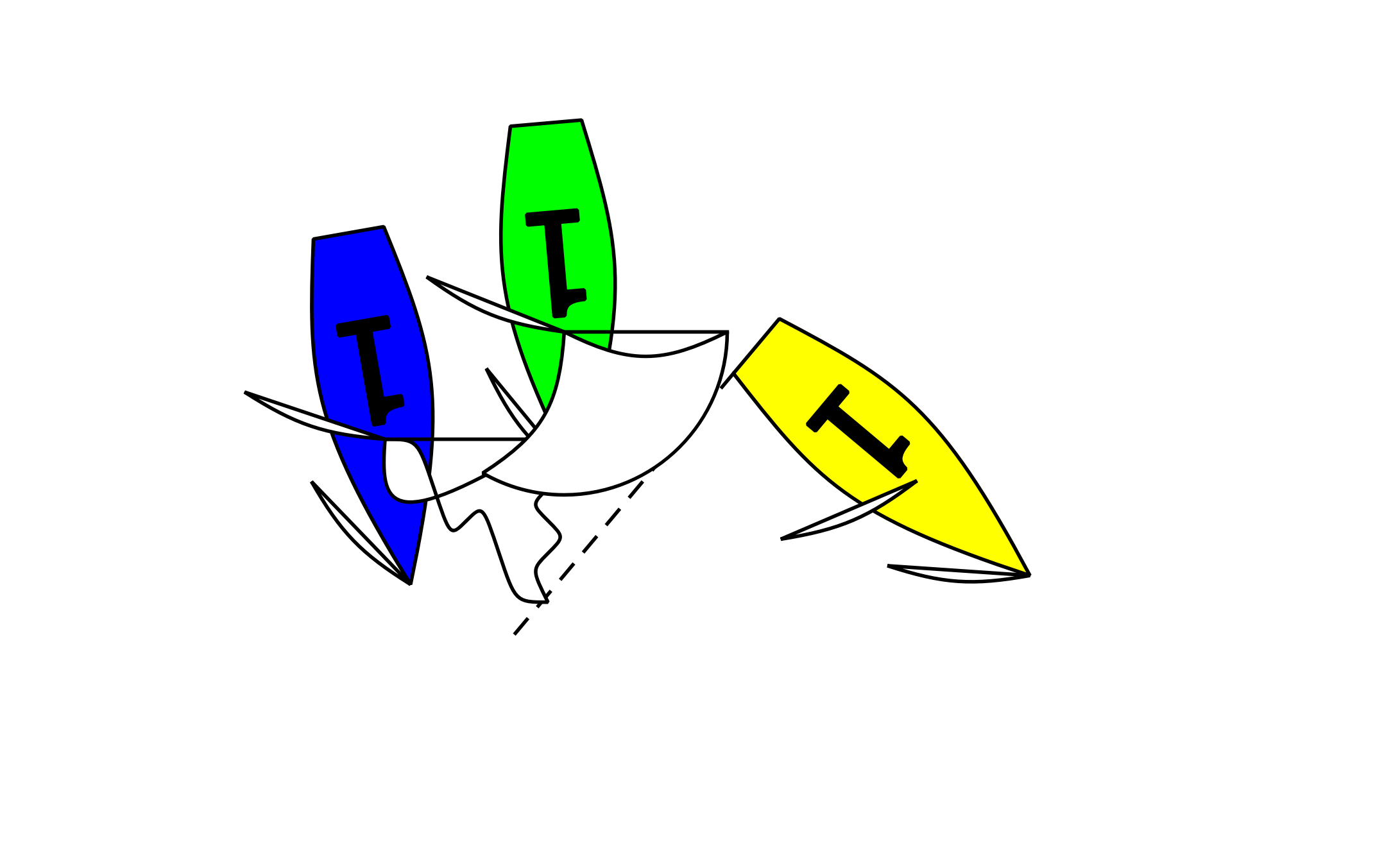
Equipment in normal position
The second component of Rule 12 is “on the same tack” which we can also find in the definitions…
Tack, Starboard or Port
A boat is on the tack, starboard or port, corresponding to her windward side.
As you may recall, a boat’s leeward side is the side that is away from the wind and the other side is her windward side.
So for Rule 12 to apply we must have 2 boats that are both on the same tack. See example 3…
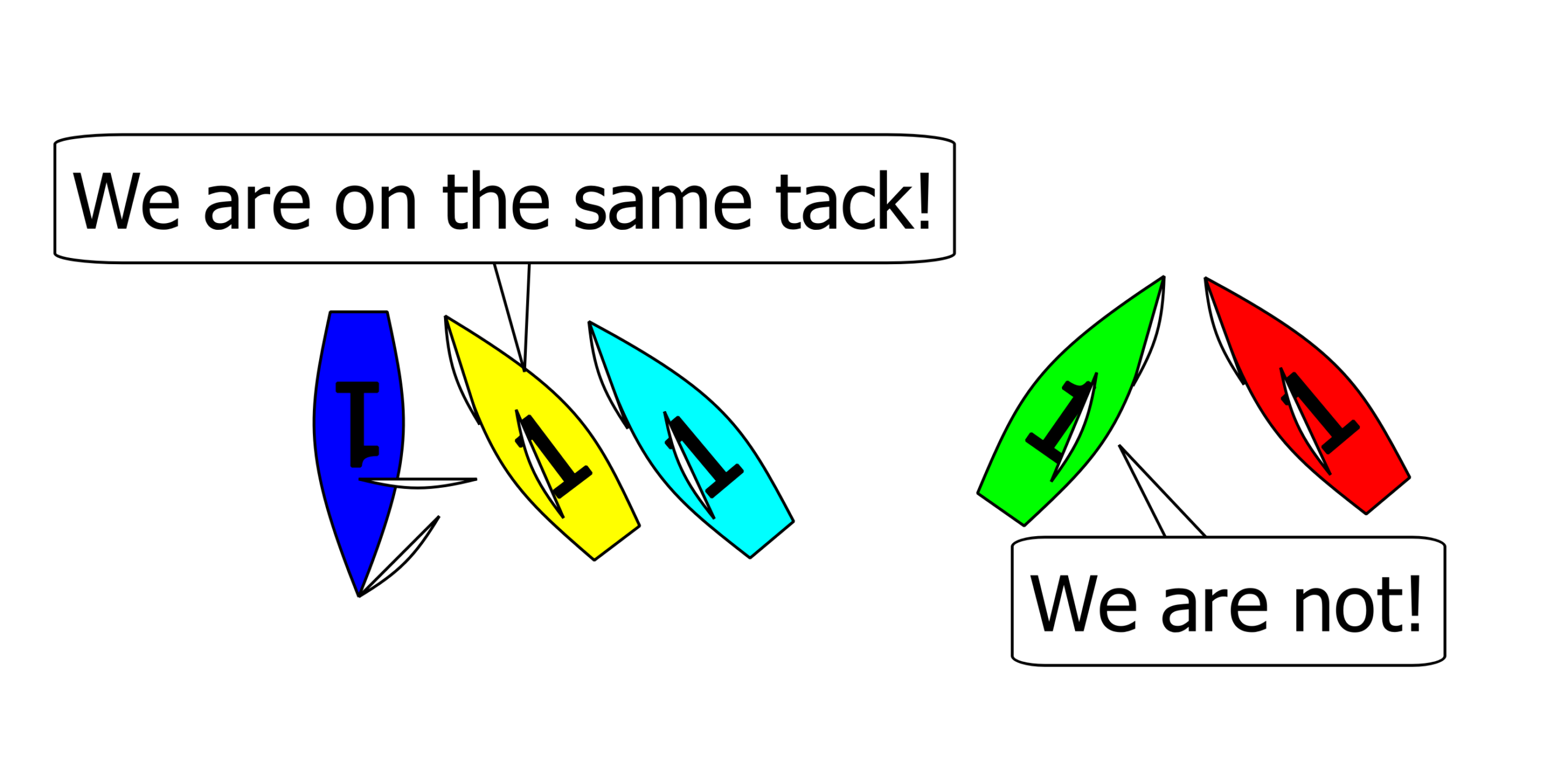
Tack port/starboard
The last important element of Rule 12 is “keep clear” which we can also find in the definitions…
A boat keeps clear of a right-of-way boat
(a) if the right-of-way boat can sail her course with no need to take avoiding action and,
(b) when the boats are overlapped, if the right-of-way boat can also change course in both directions without immediately making contact.
So in the context of Rule 12, the boat clear ahead must be able to both sail her course (not just her proper course) without having to do anything to avoid contact. See example 4…
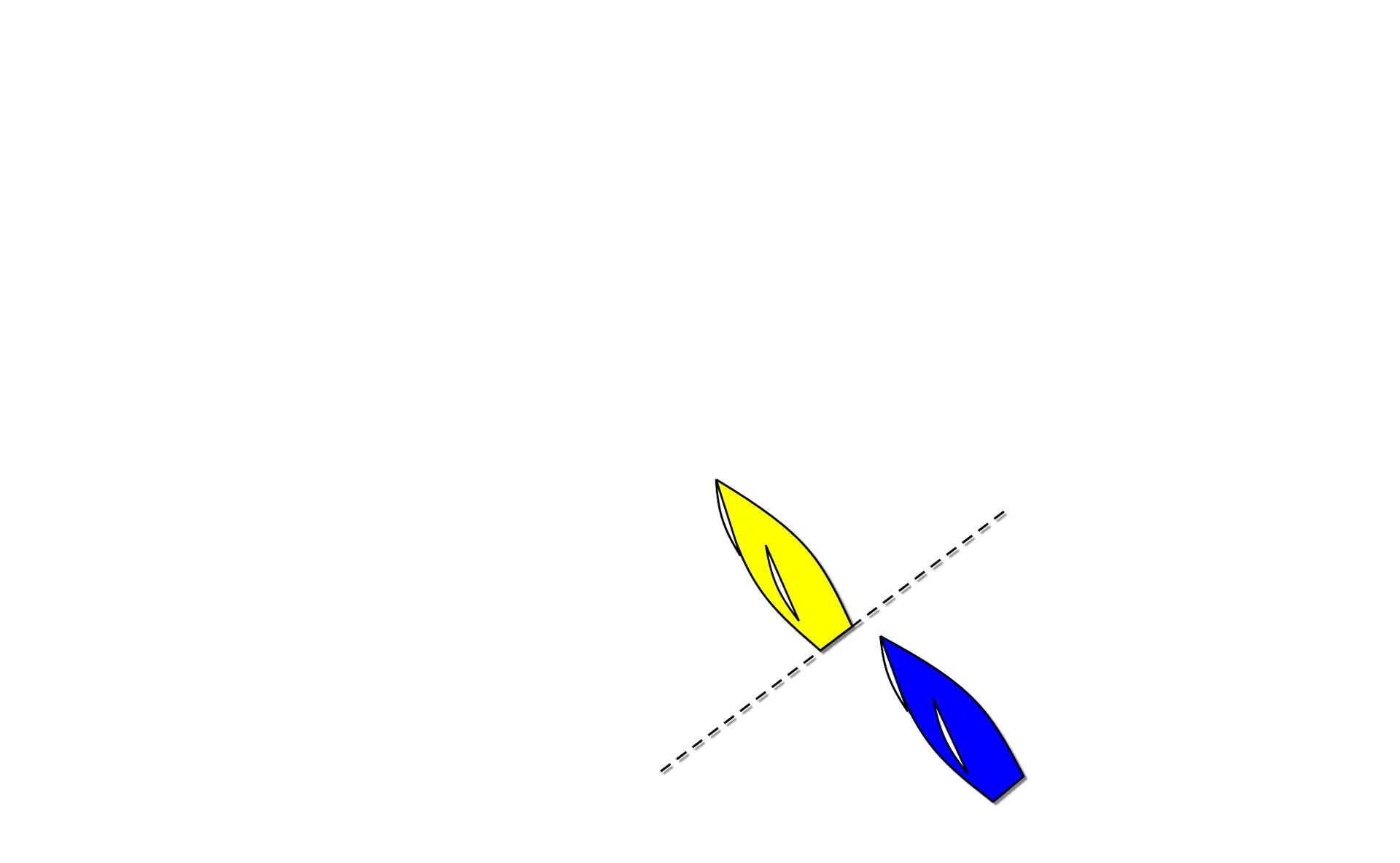
Blue not keeping clear
So knowing that when boats are on the same tack and NOT overlapped, the boat clear astern needs to keep clear of the boat clear ahead, let’s have a look at a few scenarios and see if we get the right answer…
Scenario 1
The blue boat is catching up with yellow fast. At position 1, blue is clear astern from yellow and yellow is clear ahead from blue.
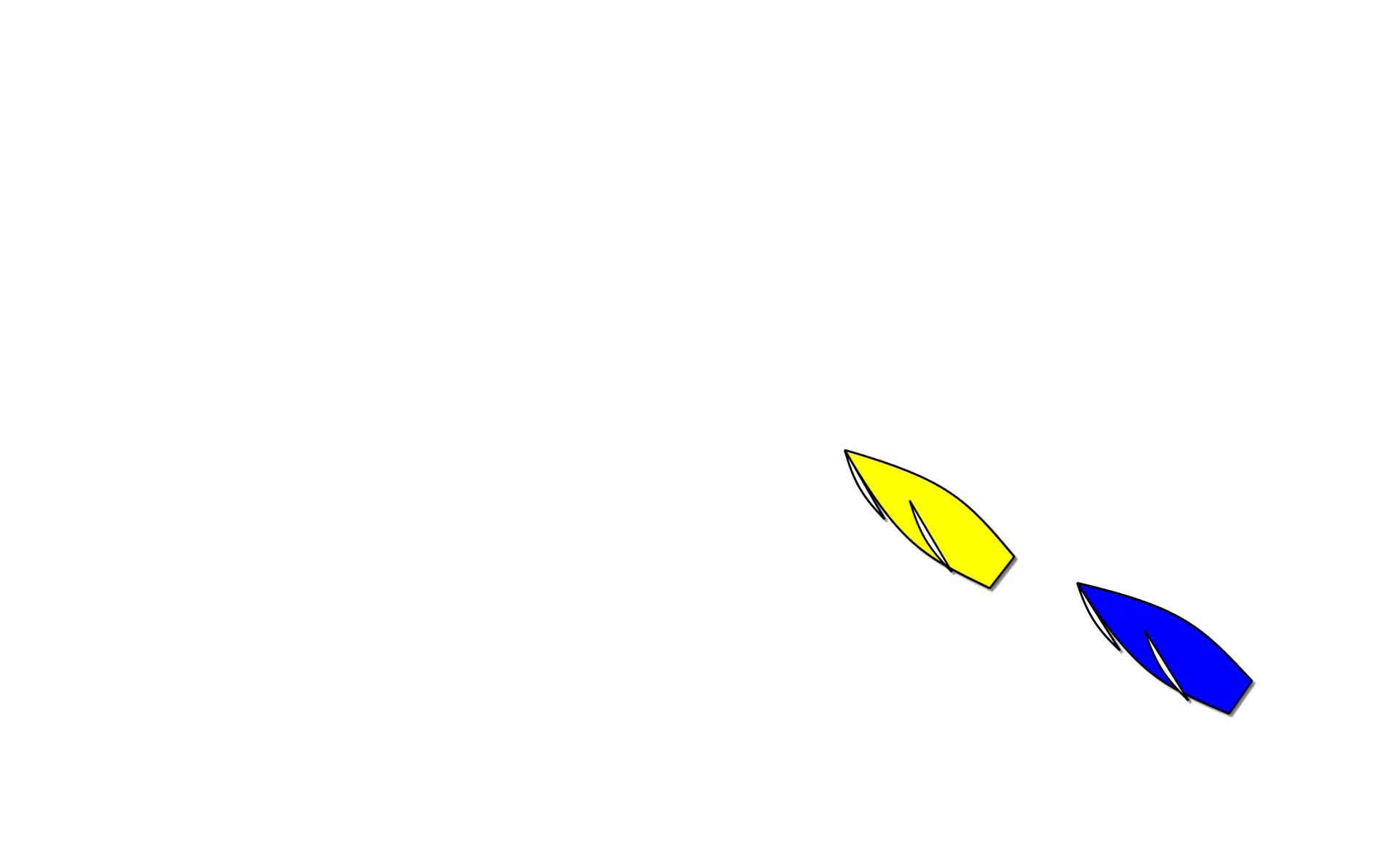
What rule applies in this scenario?
Initially, Rule 12 applies.
At position 1, blue realises that Rule 12 applies because the 2 boats are on the same tack and not overlapped.
Blue therefore tightens up her sails to pass the yellow boat on her windward side. As soon as there is an overlap, Rule 11 kicks in.
Because blue is the windward boat at position 3, blue still needs to keep clear of yellow.
Scenario 2
Contrast this with the next scenario where we have a very similar situation.
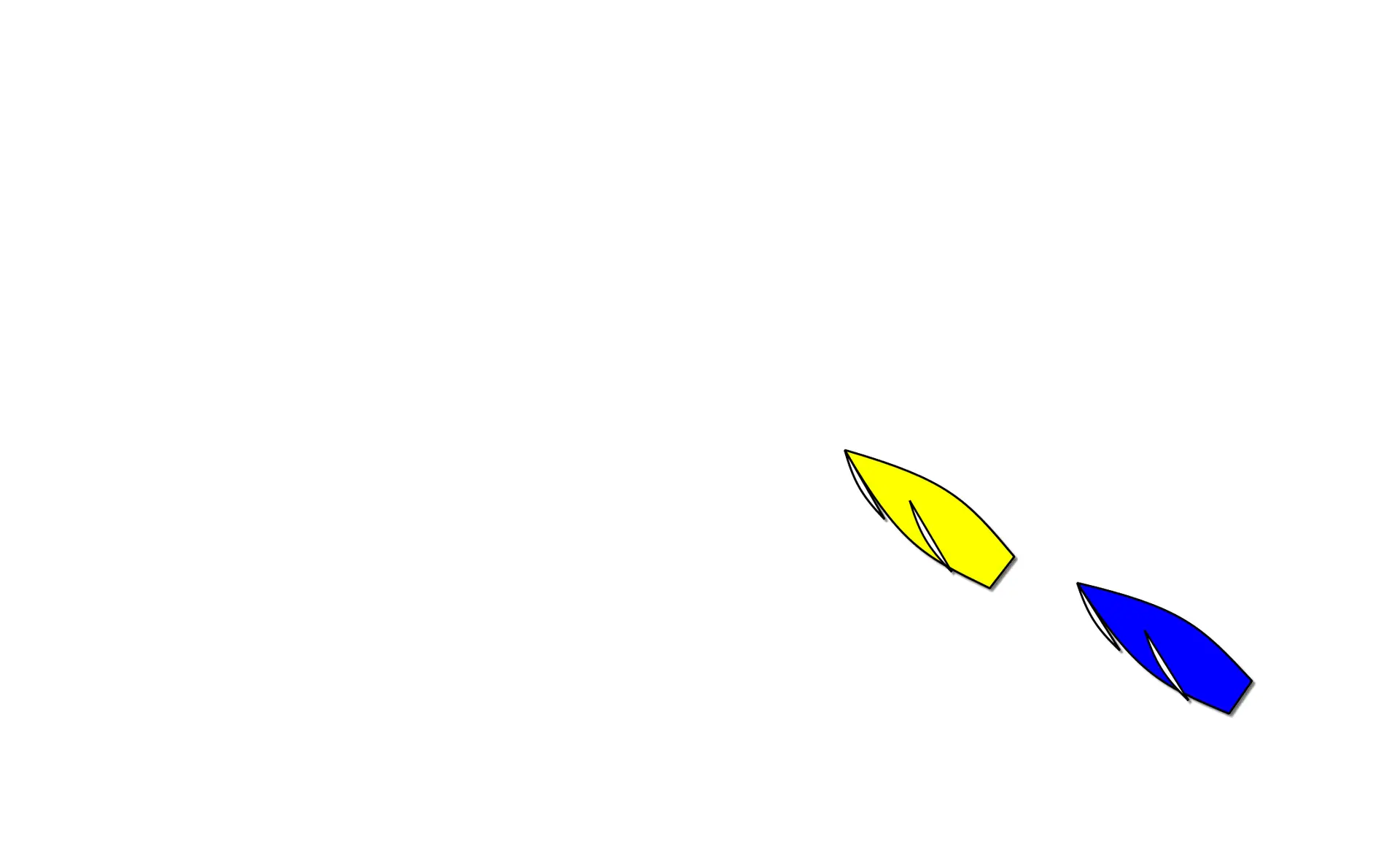
What rule applies in this scenario?
Rule 12 applies until the overlap!
At position 1, yellow and blue are on the same tack and not overlapped. Blue should therefore keep clear of yellow under Rule 12 which she does.
At position 2 and 3, blue and yellow are still on the same tack but they are now overlapped. Rule 12 therefore stops applying and Rule 11 kicks in. As a result, yellow as the windward boat needs to keep clear of blue.
So to sum up Rule 11…
- Extremely common “must-know” rule.
- It applies to boats that are:
- on the same tacks (port or starboard), and
- NOT overlapped,
- A boat is not overlapped when one boat is clear ahead and the other is clear astern.
Author
-

Rene is a keelboat instructor and sailing coach in the Mandurah area WA. He is also the author of several books about sailing including "The Book of Maritime Idioms" and "Renaming your boat".
View all posts

